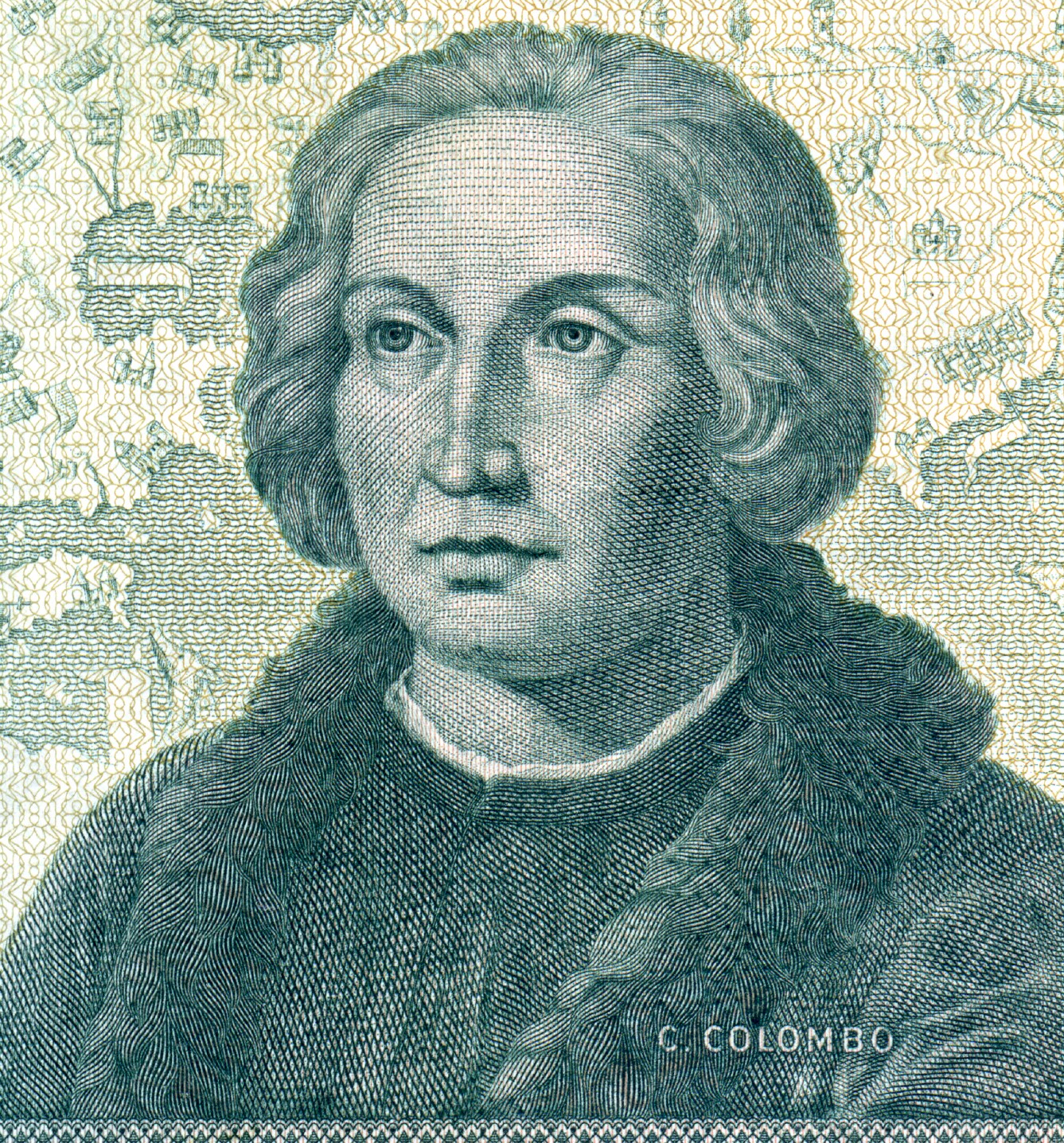

Although some of the charges may have been manufactured by his political enemies, Columbus admitted to King Ferdinand and Queen Isabella that many of the accusations were true. Columbus, who was governor of the territory, was arrested, chained up, and brought back to Spain. In 1499, the Spanish monarchs got wind of the mistreatment of Spanish colonists in Hispaniola, including the flogging and executions without trial. He was arrested by the Spanish Government Between the European’s brutal treatment and their infectious diseases, within decades, the Taino population was decimated. “They do not carry arms or know them.They should be good servants.” The Indigenous peoples were soon forced into slavery, and punished with the loss of a limb or death if they did not collect enough gold (a portion of which Columbus was allowed to keep for himself). “They were very well built, with very handsome bodies and very good faces,” Columbus wrote in his diary.

A friendly group, they willingly traded jewelry, animals, and supplies with the sailors. When Columbus first set foot on Hispaniola, he encountered a population of Indigenous peoples called the Taino. He enslaved and mutilated Indigenous peoples Columbus may indeed have had noble intentions when he sailed west, but his agreement with Spain suggests his intentions were far from selfless. It also stated that Columbus could keep 10 percent of any “merchandise, whether pearls, precious stones, gold, silver, spices and other objects” that he “acquired” within the new territory. His contract with the monarchs, called The Capitulations of Santa Fe, named Columbus the admiral, viceroy, and governor of any land he discovered. He had struck a lucrative deal with the SpanishĬolumbus stood to gain significant wealth and power from his voyage, terms he negotiated with King Ferdinand and Queen Isabella of Spain. Contrary to the popular myth, Columbus did not set out to prove that the world was round, but rather that it was possible to sail around it, a voyage the explorer drastically underestimated.Ĭhristopher Columbus Photo: DeAgostini/Getty Images In fact, it was an idea that had been established by the Ancient Greeks in the 5th Century BC. Many already believed the world was roundīy 1492, most educated Europeans already believed the earth was round. At the age of 41, he defied naysayers across Europe and led four voyages across an uncharted ocean in wooden sailing ships that were not designed to take on the punishing waters of the Atlantic. He may never have reached Asia as planned, but one cannot discount the sheer will required to make his journey. ( Leif Eriksson is the first European believed to have sailed to North America, having reached Canada 500 years before Columbus set sail to the west.) While he did reach the coasts of what today are Cuba, Haiti and the Dominican Republic, as well as explore the Central and South American coasts, he never unfurled a Spanish flag in North America. In fact, October 12 marks the day of his arrival to the Bahamas.

Was the man from Genoa a brave explorer or greedy invader? A gifted navigator or reckless adventurer? Here are some facts to consider the next time you hear someone recite, "In 1492, Columbus sailed the ocean blue." Columbus never discovered America but his voyage was no less courageousĮven if you were to overlook the not-so-minor fact that millions of people were already living in North America in 1492, the fact is that Columbus never set foot on our shores. While many schoolbooks present Christopher Columbus as the famous explorer who discovered America, history has painted a much more complicated picture. Whether you call it Columbus Day or Indigenous Peoples' Day, one thing is for sure - the holiday churns up a sea of debate that could capsize even the Santa Maria.


 0 kommentar(er)
0 kommentar(er)
